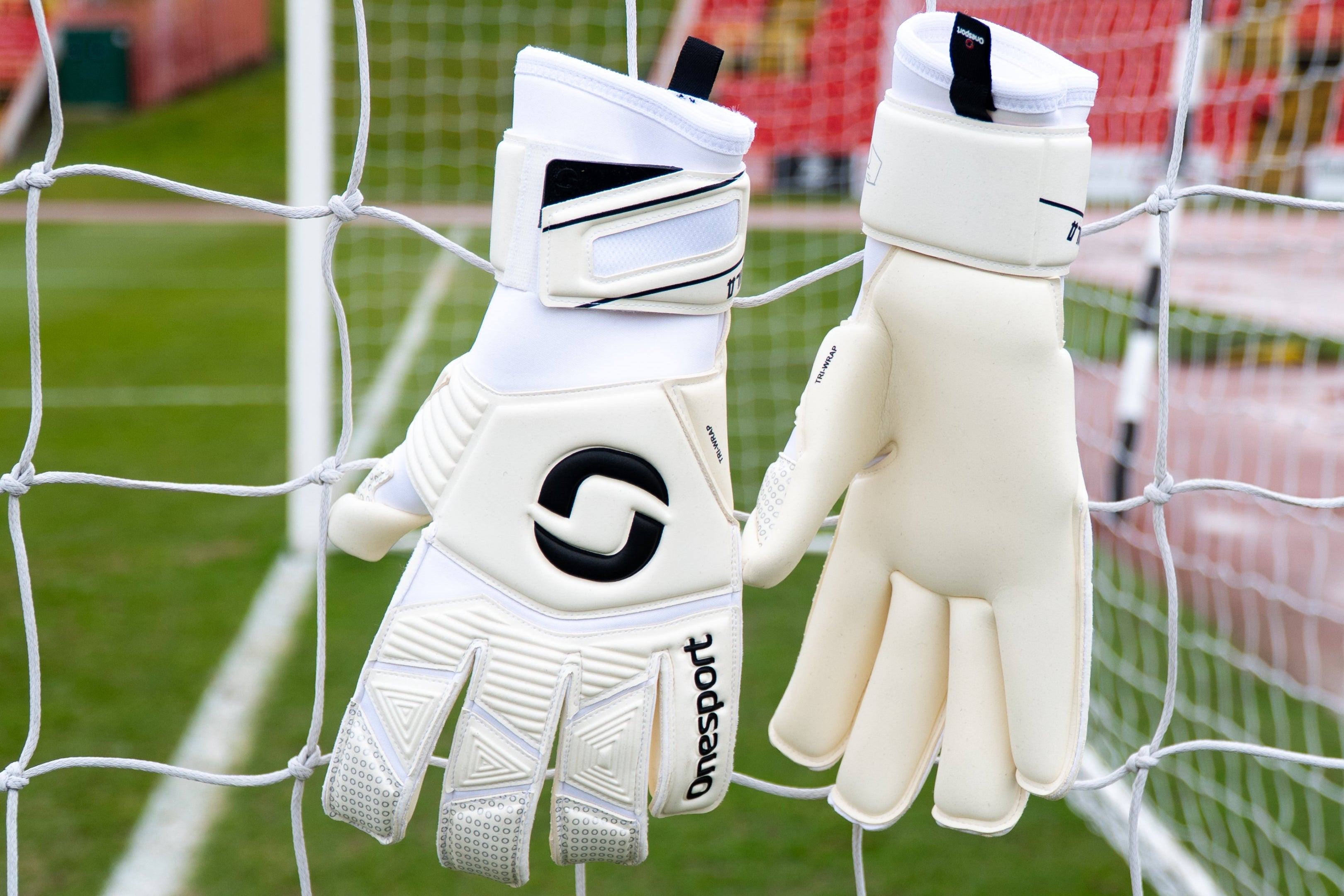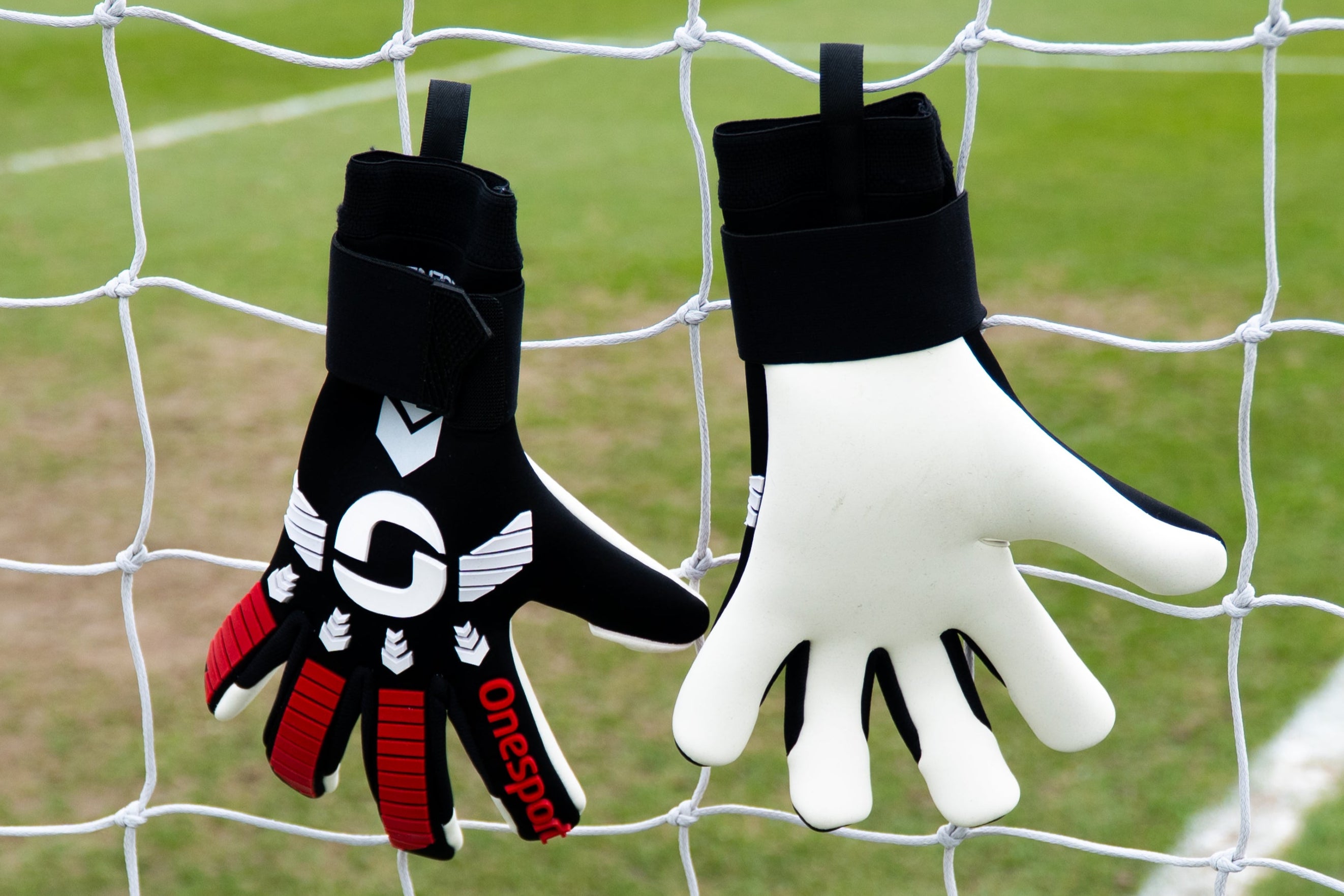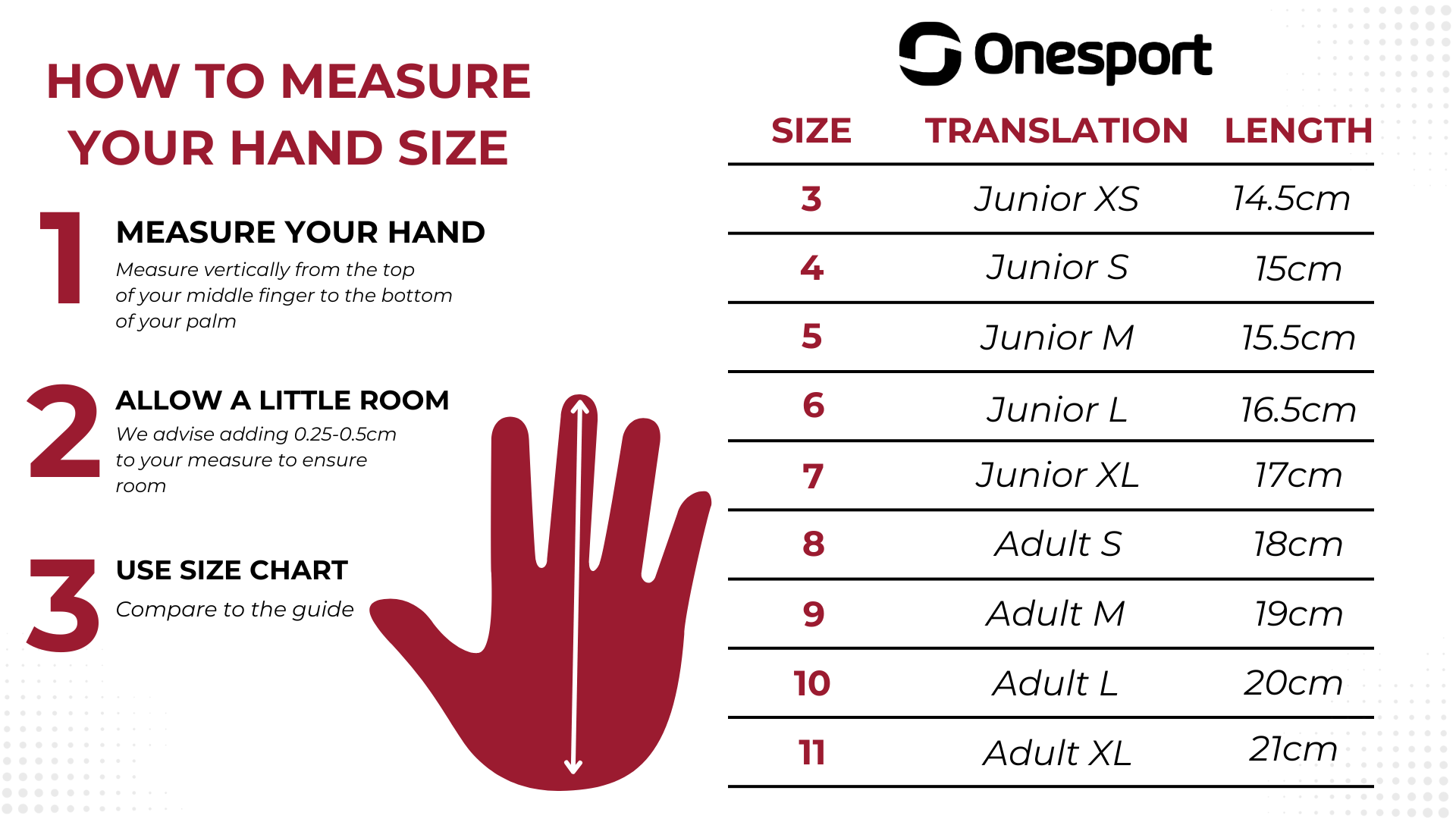CURA DEI GUANTI
Per sfruttare al meglio i tuoi guanti e garantire le massime prestazioni ogni volta che li indossi, segui semplicemente la nostra guida alla cura dei guanti riportata di seguito.
Prelavaggio dei nuovi guanti
I tuoi nuovi guanti dovranno essere lavati prima di essere utilizzati. Riempi una bacinella/secchio con acqua tiepida. Non è necessario utilizzare alcun detersivo o sapone. Immergere i guanti per un paio di minuti, quindi iniziare a lavarli strofinando delicatamente il lattice con i pollici. Noterete che l'acqua diventerà torbida. Strizzare i guanti e svuotare la bacinella/secchio. Ripetere questi passaggi finché l'acqua non diventa limpida.
notare che I guanti in lattice Contact non necessitano di prelavaggio quando sono nuovi.
Asciugatura
Per asciugare i guanti, strizzali per eliminare l'acqua in eccesso e lasciali asciugare naturalmente. Non asciugare sui termosifoni, nell'asciugatrice o alla luce diretta del sole poiché ciò potrebbe danneggiare il lattice.
Assistenza generale
Lavare sempre i guanti il prima possibile dopo l'uso. Non lasciare che fango o sporcizia si asciughino nei guanti lasciandoli in ammollo per qualche giorno. Molti dei nostri professionisti lavano i guanti sotto la doccia dopo la partita, a patto che l'acqua non sia troppo calda!
Pre-partita/Allenamento
Il lattice è sempre più performante quando è umido. Assicuratevi di inumidire i guanti prima dell'uso. Ti consigliamo di lavare i guanti più volte la sera prima di una partita e poi di asciugarli avvolgendoli in un asciugamano e premendo per rimuovere l'acqua in eccesso. Questo dovrebbe garantirgli la giusta umidità per la partita successiva!
Seguendo questa guida migliorerai la durata e le prestazioni dei tuoi guanti, facendoli durare il più a lungo possibile e garantendo la massima presa possibile.

TAGLI DA GUANTO
ROTOLARE IL DITO
I guanti da portiere con dita arrotolate sono uno dei modelli più popolari e tradizionali attualmente disponibili. Vengono chiamati "roll finger" perché il rovescio è collegato al palmo e non utilizza rinforzi. Il risultato è un lattice arrotolato/curvato attorno alle dita che garantisce un ottimo contatto del lattice con la palla, ma non è così aderente o stretto come si potrebbe pensare rispetto ai guanti con taglio negativo o agli ibridi che utilizzano il taglio negativo. Sebbene forniscano una sensazione di comfort, alcuni potrebbero considerarli leggermente più grandi o "più ingombranti" rispetto ai guanti di tipo negativo.
TAGLIO NEGATIVO
I guanti da portiere con taglio negativo (e ibridi che sfruttano questo stile) sono diventati sempre più popolari negli ultimi anni, soprattutto in Europa. Sono simili al taglio piatto in quanto utilizzano un singolo pezzo di lattice attaccato al dorso tramite dei rinforzi; la differenza principale è che le cuciture/rinforzi si trovano all'interno del guanto. Ciò garantisce una calzata molto più aderente e confortevole, con un controllo della palla più fedele alla tua mano. Per questo motivo, i guanti che utilizzano questo tipo di taglio si usurano leggermente più rapidamente rispetto a quelli con dita arrotolate, ad esempio.
TAGLIO IBRIDO
Il termine "ibrido" significa semplicemente una combinazione e non si riferisce effettivamente a un taglio specifico.
Guida ai guanti
TAGLI da guanto

Chi siamo
ROTOLARE IL DITO
I guanti da portiere con dita arrotolate sono uno dei modelli più popolari e tradizionali attualmente disponibili. Vengono chiamati "roll finger" perché il rovescio è collegato al palmo e non utilizza rinforzi. Il risultato è un lattice arrotolato/curvato attorno alle dita che offre un ottimo contatto con la palla, ma non è così aderente o stretto come si potrebbe pensare rispetto ai guanti con taglio negativo o agli ibridi che utilizzano il taglio negativo. Pur offrendo una sensazione di comfort, alcuni potrebbero considerarlo un taglio leggermente più largo o "ingombrante" rispetto ai guanti con taglio negativo. Si tratta di una variante più classica.
TAGLIO NEGATIVO
I guanti da portiere con taglio negativo (e ibridi che sfruttano questo stile) sono diventati sempre più popolari negli ultimi anni, soprattutto in Europa. Sono simili al taglio piatto in quanto utilizzano un singolo pezzo di lattice attaccato al dorso tramite dei rinforzi; la differenza principale è che le cuciture/rinforzi si trovano all'interno del guanto. Ciò garantisce una calzata molto più aderente e confortevole, con un controllo della palla più fedele alla tua mano. Per questo motivo, i guanti che utilizzano questo tipo di taglio si usurano leggermente più rapidamente rispetto a quelli con dita arrotolate, ad esempio.

Chi siamo
TAGLIO IBRIDO
Il termine "ibrido" indica semplicemente una combinazione e non si riferisce a un taglio specifico. Nel caso dei nostri guanti LEGEND, il taglio è "negativo" (le cuciture) e i polpastrelli sono "arrotolati".
Materiale di guanto
Che tipo di lattice mi verrà fornito?
Noi di Onesport utilizziamo solo la schiuma di lattice esclusiva UE di Latico per garantire a ogni cliente il miglior lattice sul mercato.
Quali sono i vantaggi del lattice utilizzato nei guanti Onesport?
Esistono molti tipi di lattice disponibili sul mercato dei guanti da portiere e può essere difficile comprenderne i vantaggi e le caratteristiche. Quanto è resistente? Com'è la presa? Come si comporta sul bagnato?
Noi di Onesport utilizziamo solo schiuma esclusiva Latico EU per garantire a ogni cliente il miglior lattice sul mercato.
Possiamo garantire che il lattice utilizzato è il più fresco disponibile, per assicurare sempre una presa perfetta.
Cosa si intende per "normale" usura di un guanto da portiere?
Anche se è molto difficile da accettare, la dura realtà è che il lattice si usura piuttosto rapidamente. Il lattice è un prodotto molto morbido; è proprio questa morbidezza a fornire la presa di cui tutti i portieri hanno bisogno e che desiderano!
La prima cosa da capire è che il lattice è un prodotto naturale e quindi non può presentare difetti di fabbricazione.
L'abrasione e l'usura si verificano principalmente quando i guanti entrano in contatto con il terreno.
Il lattice potrebbe iniziare a mostrare segni di usura fin dal primo utilizzo. Purtroppo, questo è normale; può accadere sia alla prima partita che alla decima. È anche possibile possedere due guanti identici e vedere un paio durare un mese mentre l'altro quattro mesi; questa è la natura del lattice.
Se il lattice inizia a mostrare segni di usura, non preoccuparti! L'usura è normale; è proprio ciò che fa il lattice.
C'è un'enorme idea sbagliata secondo cui quando il lattice inizia a consumarsi: sono "difettosi", "non adatti allo scopo" e "non più utilizzabili".
La verità? Non è così!
I palmi in lattice sono solitamente realizzati con uno spessore di 3-4 mm, in modo da offrire presa e continuare a funzionare finché non sono completamente consumati e non rimane praticamente più lattice.
FATTORI DI USURA DEL LATTICE:
- L'ETÀ DEL PORTIERE
- TECNICA DEI PORTIERI
- LA SUPERFICIE DI GIOCO
- COME SONO STATI PREPARATI
- ISTRUZIONI PER LA CURA SEGUITE
- VOLUME DI UTILIZZO
- FORTUNA!
Dimensioni di guanti
Ecco come puoi misurare le tue mani utilizzando la guida alle taglie dei guanti da portiere Onesport, per assicurarti che siano della misura che stai cercando.

Hai bisogno di aiuto?
Domande frequenti
Ordine
Risposta
Risposta
Risposta
Risposta
Risposta
Risposta
